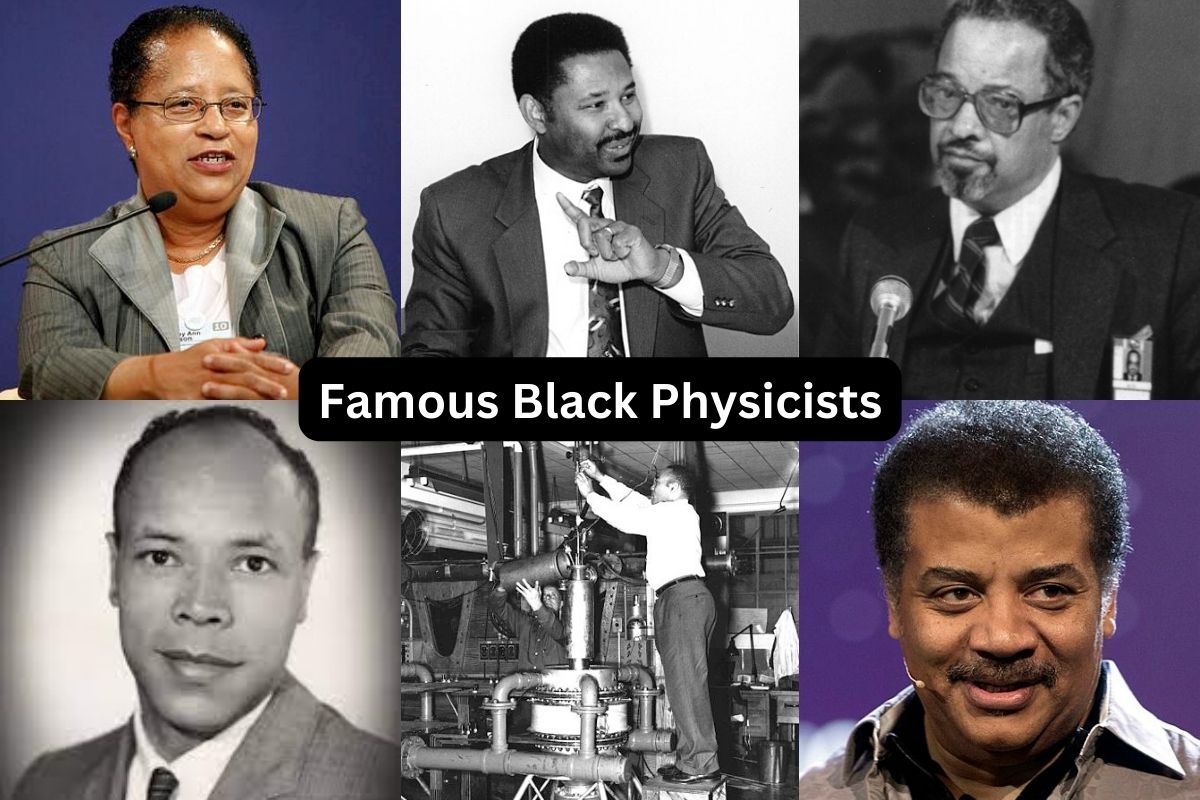In the annals of time, the contributions of countless brilliant minds have shaped the ever-evolving realm of physics.
Yet, while many names are heralded in classrooms and academic journals, there remains a subset of individuals whose accomplishments, against the backdrop of societal adversity, have not always received the recognition they deserve.
This blog seeks to shine a light on the profound impact of Black physicists, whose endeavors have not only expanded the frontiers of science but have also paved the way for a more inclusive and diverse scientific community.
Join us as we journey through the lives and legacies of these trailblazing individuals, and celebrate their indelible mark on the world of physics.
Famous Black Physicists
1. Neil deGrasse Tyson
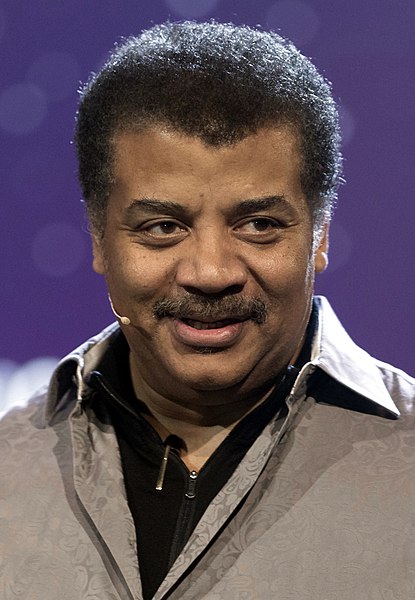
Neil deGrasse Tyson was born on October 5, 1958, in New York City. From a young age, he was deeply passionate about astronomy, a passion which led him to attend the Bronx High School of Science.
Following his passion for the stars, Tyson furthered his education at institutions like Harvard, the University of Texas, and Columbia.
Over the years, Tyson’s significance in the world of science isn’t limited to just his astrophysical research; he’s extensively contributed to the public understanding of astronomy and space science.
Also Read: Famous Black Mathematicians
As the Frederick P. Rose Director of the Hayden Planetarium at the Rose Center for Earth and Space, Tyson was pivotal in the development and dissemination of scientific knowledge to the general public.
His charismatic approach to science education, coupled with his frequent appearances on television and podcasts, has endeared him to audiences worldwide. His books and talks aim to ignite curiosity and interest in the cosmos among people of all ages.
2. Herman Branson
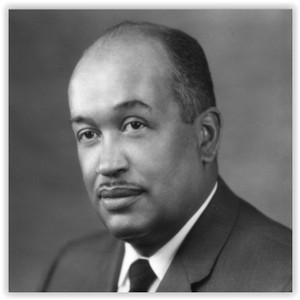
Herman Branson was a multi-faceted scientist who dabbled in both physics and biochemistry. He was integral to the study of protein structures and often collaborated with Nobel laureate Linus Pauling, another giant in the field of molecular biology.
Their combined research led to significant advancements in understanding protein configurations and the molecular structures of various organic compounds.
In addition to his scientific contributions, Branson was an advocate for racial equality in the sciences.
He held leadership roles at institutions like Lincoln University, ensuring that science education was accessible and welcoming to students from diverse backgrounds.
3. Arthur B. C. Walker Jr.
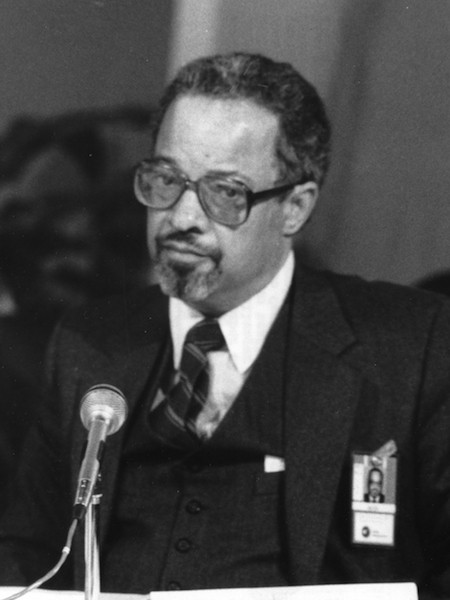
Arthur B. C. Walker Jr. had a particular interest in astrophysics. His work predominantly revolved around the study of the solar corona, which is the outermost layer of the sun’s atmosphere. Walker was known for his innovative approach to research.
Also Read: Black Chemists
He developed specialized X-ray and ultraviolet imaging telescopes, which allowed for a more detailed and nuanced study of the solar corona than ever before. This research has paved the way for our understanding of solar physics and the sun’s interaction with the broader cosmos.
Throughout his career, Walker also advocated for diversity in the field of astrophysics and was dedicated to mentoring young scientists, ensuring they had the support and resources to succeed.
4. Warren Elliot Henry
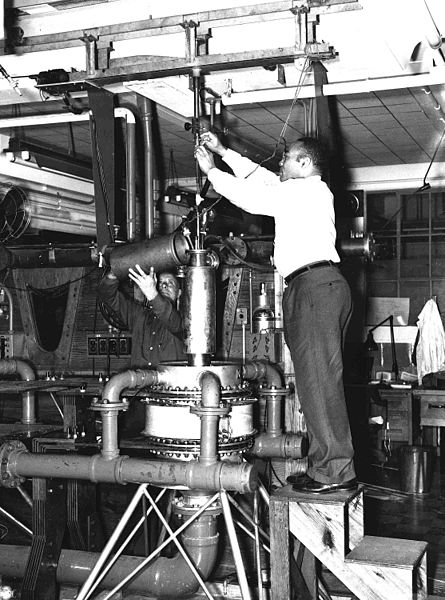
Warren Elliot Henry was a gifted physicist whose expertise was especially profound in the realms of low-temperature physics and superconductivity.
Born in the early 20th century, his journey to becoming a renowned scientist was filled with challenges, but his perseverance and determination were unwavering.
His meticulous research led to breakthroughs that helped the scientific community better understand the behaviors of materials at ultra-cold temperatures.
Henry’s innovative work added depth to the field, especially regarding the properties of materials when they become superconductors — a state where they can conduct electricity without resistance.
Beyond his research, Henry was a revered educator, imparting his knowledge to students at Howard University and inspiring many to pursue scientific careers.
He was often lauded for his unique ability to bridge complex theory with practical applications, making him a valued figure in both academia and industry.
5. Mae Jemison
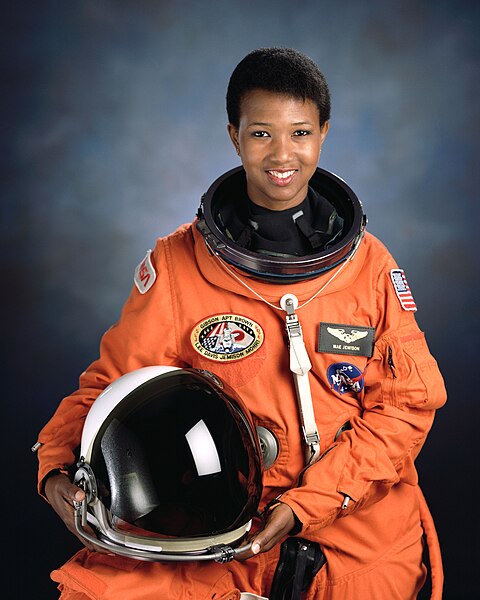
Mae Jemison wears many hats: engineer, physician, and notably, a former NASA astronaut. Her name is often mentioned with great respect as she broke significant barriers when she became the first Black woman to travel into space in 1992 aboard the Space Shuttle Endeavour.
But her journey didn’t stop with that historic flight. Jemison has always been driven by an insatiable curiosity and a desire to push the boundaries of what’s possible.
After her astronaut career, she delved into various projects aimed at integrating socio-cultural considerations into technological advancements.
Her vision extended beyond our planet; Jemison led the 100 Year Starship project, a bold initiative funded by DARPA to ensure human interstellar travel capabilities within the next century.
6. George Robert Carruthers
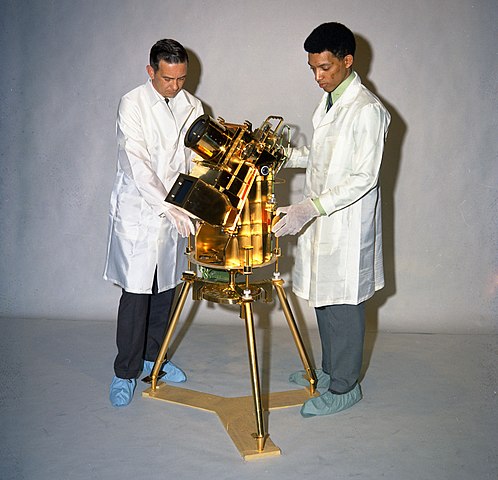
George Robert Carruthers stands tall in the annals of space exploration due to his ingenuity in inventing the ultraviolet camera/spectograph. Carruthers’ invention wasn’t just a feat of engineering; it expanded humanity’s understanding of space.
Used during the Apollo 16 mission to the moon, this device allowed astronauts to capture images in ultraviolet, revealing fascinating details about celestial bodies that were previously hidden from our view.
One of its groundbreaking achievements was providing the first concrete evidence of molecular hydrogen in interstellar space.
Carruthers’ work significantly impacted both space exploration and the study of astrophysics, blending engineering skill with deep scientific insight to reshape our comprehension of the universe.
7. J. Ernest Wilkins Jr.
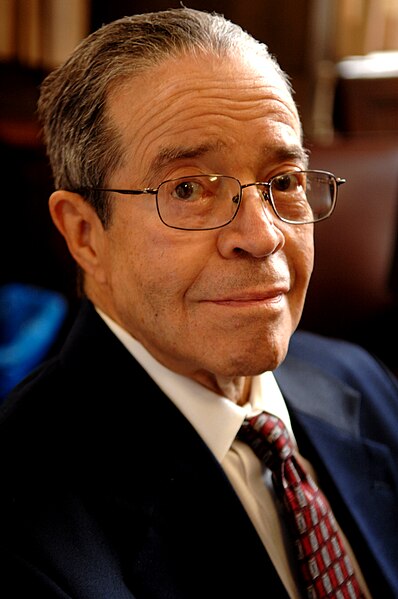
J. Ernest Wilkins Jr. stands as a testament to the marriage of prodigious talent and unwavering dedication. At the tender age of just 13, he began his undergraduate studies, signaling the start of an illustrious career in nuclear science and applied mathematics.
Wilkins played a role in the Manhattan Project, the wartime research endeavor that brought the world its first atomic bomb. Yet, his legacy extended far beyond this wartime contribution.
Post the Manhattan Project, he delved deeper into nuclear research, making significant strides in the development of shielding against harmful gamma radiation, a crucial element in ensuring the safety of those working around radioactive materials.
Additionally, his contributions to applied mathematics proved invaluable, offering new methodologies and insights that would benefit a multitude of scientific fields.
8. Meredith Gourdine
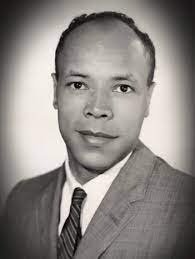
Meredith Gourdine stands out not just for his scientific acumen but also his athletic prowess. As a physicist and engineer, he focused his energies on the domain of electrogasdynamics — a specialized field concerned with the generation of electricity from the movement of gas.
His work in this niche area had wider implications, offering potential solutions for dissipating fog, among other applications.
Parallel to his scientific journey, Gourdine’s athletic talents shone bright. He was an Olympic silver medalist in the long jump, illustrating that excellence can be pursued on multiple fronts.
9. Homer Neal
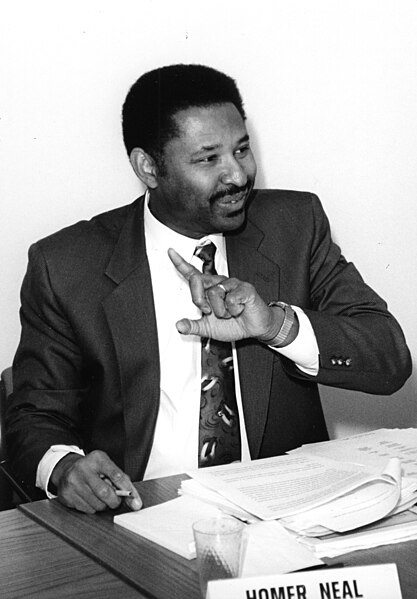
Homer Neal was an experimental particle physicist whose inquisitiveness led him to probe the intricacies of the universe at the most fundamental levels.
One of his key areas of focus was the weak force interactions within particle physics, which play a vital role in the subatomic interactions that underpin the universe.
Neal’s dedication to the advancement of science was also evident in his contributions to large-scale particle accelerator projects.
Notably, he was deeply involved in the ATLAS experiment at the Large Hadron Collider — a project that seeks to answer some of the most pressing questions about the nature of the universe.
10. Shirley Ann Jackson
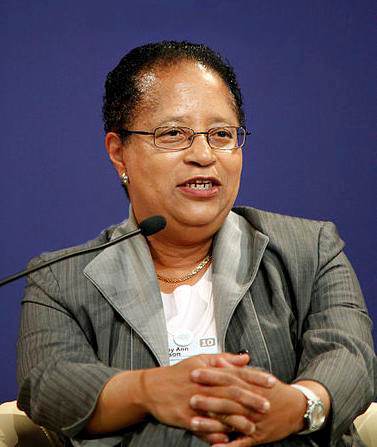
Shirley Ann Jackson’s life and career epitomize groundbreaking achievements. Her journey began with a significant milestone when she became the first Black woman to secure a Ph.D. from the Massachusetts Institute of Technology.
But this was just the beginning. Jackson’s research in theoretical physics, particularly in condensed matter physics, offered new ways to understand the intricate behaviors of materials at the atomic and molecular levels.
Beyond her research, she took on roles of great responsibility, serving as the chairman of the U.S. Nuclear Regulatory Commission.
Later, she helmed the Rensselaer Polytechnic Institute as its president, furthering her commitment to scientific education and research. Her influence in the world of science and education continues to be felt, serving as a beacon for many aspiring scientists.
